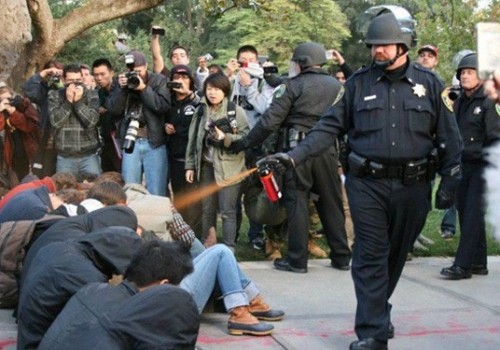I usually begin my posts with an attempt at humor. Night does not lend itself to humor. I will, therefore, forego my humor attempt and head straight to this human rights lesson plan for Night.
Let’s start with the graphic organizer you’re going to use: Human Rights Pre-Write.
You’re also gonna want some images.
Here are the ones I used.
A simple Google search of human rights images will lead you to more than you could ever show in a 52-minute learning period, so if you don’t like mine, my feelings won’t be hurt.
There’s a plethora of common core objectives this assignment covers.
As you can see, it’s more than just a human rights lesson plan for Night. It covers a bunch of writing standards.
- Common Core Writing Standard 1. Write arguments to support claims in an analysis of substantive topics or texts, using valid reasoning and relevant and sufficient evidence.
- Common Core Writing Standard 2. Write informative/explanatory texts to examine and convey complex ideas, concepts, and information clearly and accurately through the effective selection, organization, and analysis of content.
- W.9-10.4 Produce clear and coherent writing in which the development, organization, and style are appropriate to task, purpose, and audience. (Grade-specific expectations for writing types are defined in W.9-10.1-3.)
- W.9-10.5 Develop and strengthen writing as needed by planning, revising, editing, rewriting, or trying a new approach, focusing on addressing what is most significant for a specific purpose and audience. (Editing for conventions should demonstrate command of L.9-10.1-3.)
- SL.9-10.1 Initiate and participate effectively in a range of collaborative discussions (one-on-one, in groups, and teacher-led) with diverse partners on grades 9-10 topics, texts, and issues, building on others’ ideas and expressing their own clearly and persuasively.
- SL.9-10.1c Propel conversations by posing and responding to questions that relate the current discussion to broader themes or larger ideas; actively incorporate others into the discussion; and clarify, verify, or challenge ideas and conclusions.
- RL.9-10.1 Cite strong and thorough textual evidence to support analysis of what the text says explicitly as well as inferences drawn from the text.
- RL.9-10.2 Determine a theme or central idea of a text and analyze in detail its development over the course of the text, including how it emerges and is shaped and refined by specific details; provide an objective summary of the text.
- RL.9-10.7 Analyze the representation of a subject or a key scene in two different artistic mediums, including what is emphasized or absent in each treatment (e.g., Auden’s “Musee des Beaux Arts” and Breughel’s Landscape with the Fall of Icarus).
Here’s a good sequence for presenting the lesson
Project one of the images as students walk into your room.
- Discuss the first image. I used the one with the “human rights” hand and the barbed wire. You could use whatever you want. Your discussion should revolve around the questions on the Human Rights Pre-Write graphic organizer. This should take about 15 minutes.
- Hand out the aforementioned Human Rights Pre-Write graphic organizer.
- Organize students into groups of 3-4. Explain that they will be doing the same exact thing in their small groups.
- After about 15-20 minutes, switch slides.
- If you’re on a traditional schedule, you’ll come back on day 2 and finish the last image.
- Now it’s time for class discussion.
- Assign the essay.
Essay Requirements.
This obviously depends on you , your students, and what you’re trying to accomplish.
Here are example requirements.
Assignment: Write a 4-paragraph essay.
Topic: Write about any two human rights images. Include the following for each image: (1) A brief description of the image along with your thoughts on the overall situation; (2) What the image conveys about human rights; (3) What feelings or emotions the image evokes; (4) How specific objects, colors, lighting, sounds, tastes, smells contribute to the human rights message.
Sample Outline
Introduction: 2-3 sentences giving a preview of the images being analyzed and the overall human rights message of the images.
Body Paragraph #1: 7-12 sentences analyzing image 1 using the criteria above.
Body Paragraph #2: 7-12 sentences analyzing image 2 using the criteria above.
Conclusion: 1-2 sentence tie-up.
Final Thoughts
I really had no intentions of putting up a post of this lesson, but the class discussions went so well, I figured I’d share. Let me know how this human rights lesson works in your classroom.
Share This:





 Project one of the images as students walk into your room.
Project one of the images as students walk into your room.